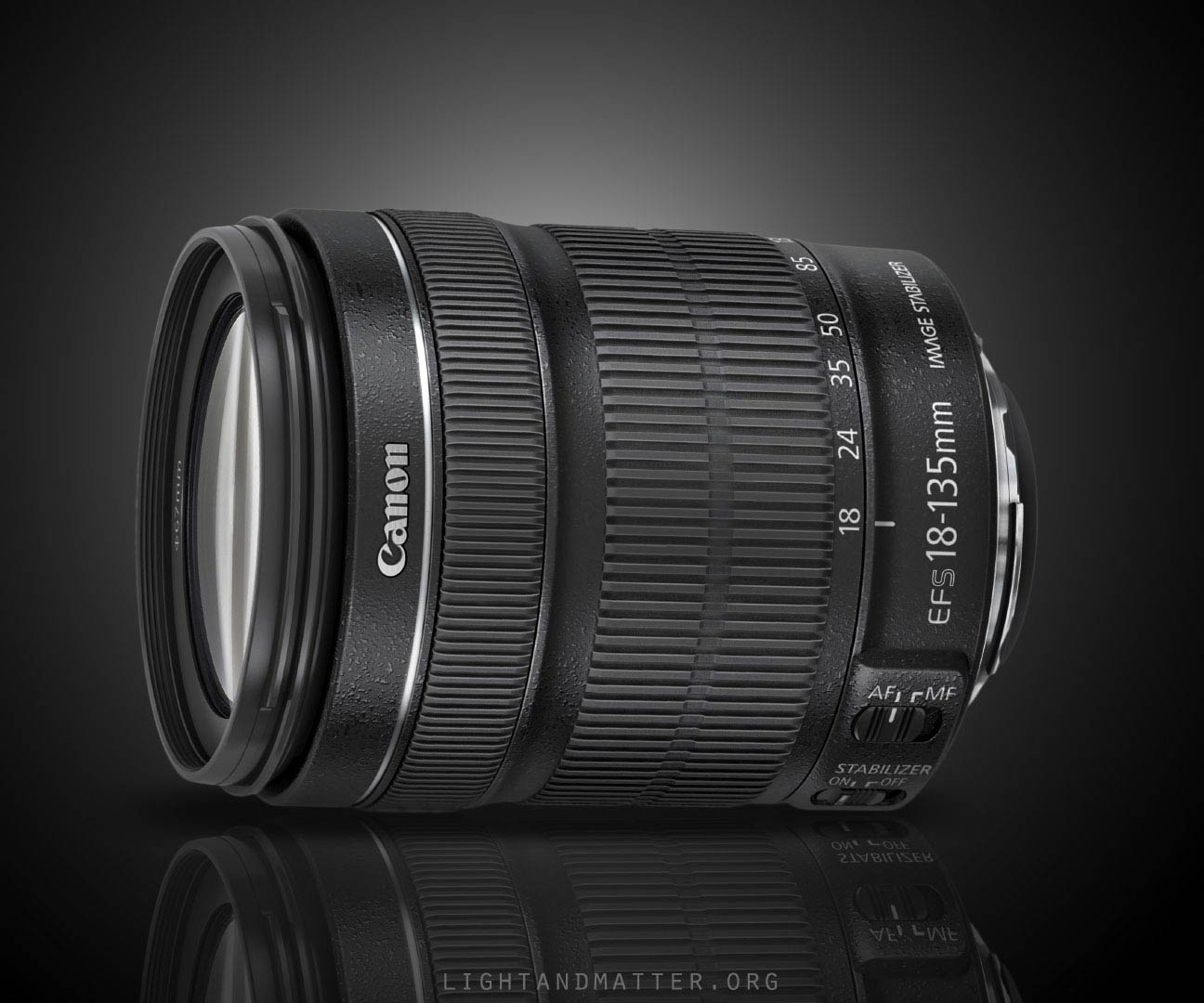All-In-One Lenses for Canon
Actually, I don’t recommend any of the currently available 18-200mm lenses or any of the longer all-in-one zooms, like Tamron’s 18 – 270mm.
I’ll grant that they’re convenient. But so are pocket-sized point and shoot cameras, and many of them have longer zoom ranges than SLR zooms… and they all come with a trade-off in image quality.
Unfortunately, the longer the zoom range that is included in a single lens, the harder it is to engineer good optical quality at any given point in that range. Currently, Canon and Nikon’s 18-200mm lenses are both optically pretty bad in at least part of the zoom range, and neither of them are really great in any part of it. Of course, there are plenty of zoom lenses that we use that are not as sharp as is possible, and we are willing to accept it… but in most cases, that’s because the loss in quality is really only laboratory-relevant, but not a big deal under field conditions.
Not so with the 18-200s in question. The image quality is just plain bad; bad enough to ruin otherwise good pictures. The resolution in the center of the image is fine, but at the wide end of the range, the edges of the frame are visibly blurry and at the long end, they’re not a lot better… though there are some spots in between where they’re ok.
Of course, if you don’t care about that sort of thing, and you’re happy with the sort of image quality that you can get from a Holga or a Lensbaby, then the choice is yours!
That said, at this point, optical engineering HAS progressed to the point that we can get good optical quality in an 18-135mm lens. In fact, Nikon’s old 18-135mm (non-VR, now discontinued) lens had remarkably good image quality, though Canon’s 18-135mm of the same vintage was not impressive. At least, not favorably impressive. Luckily, Canon has remedied the situation with their new 18-135 STM lens, which is optically quite good, and focuses as fast as many USM lenses. This zoom range would be comparable to an 28-200mm zoom (roughly) on a full frame camera, which is still pretty impressive.




